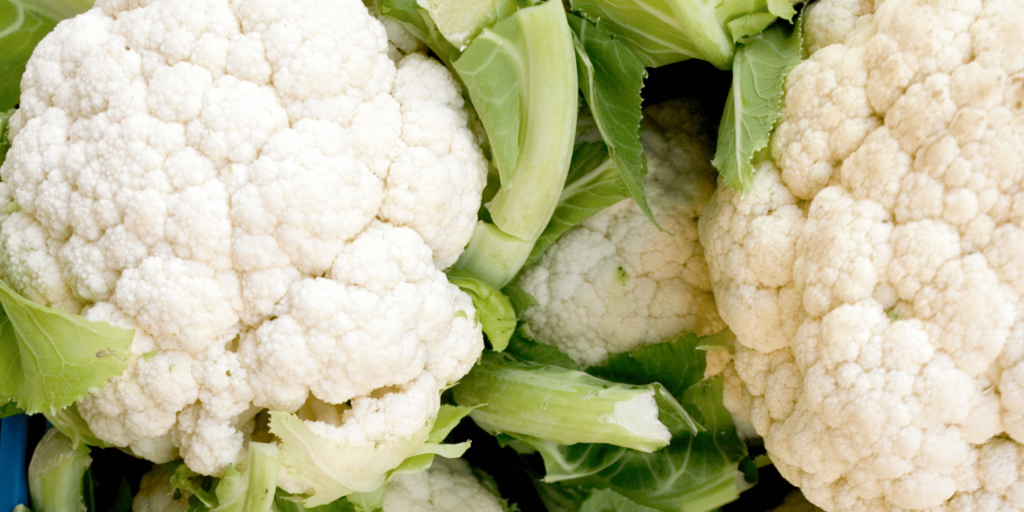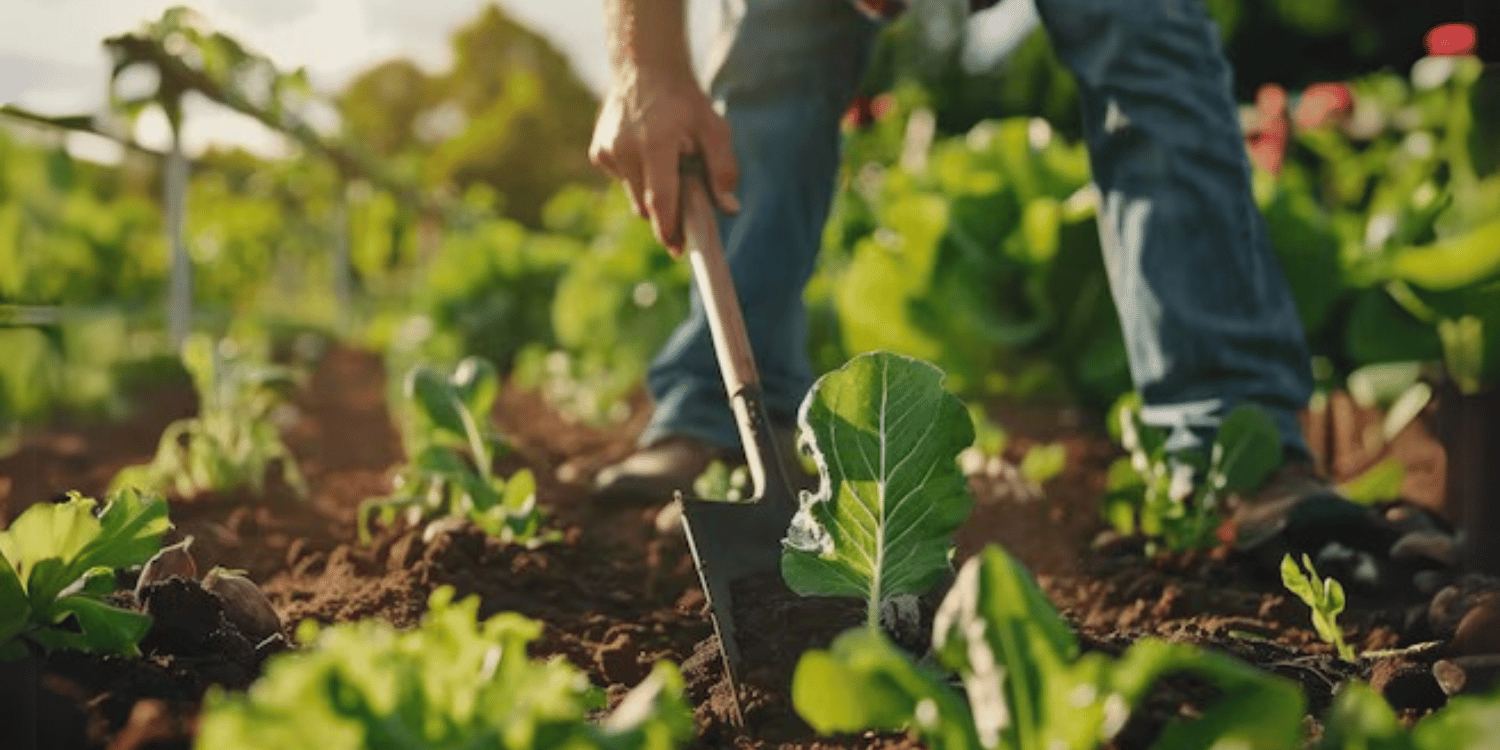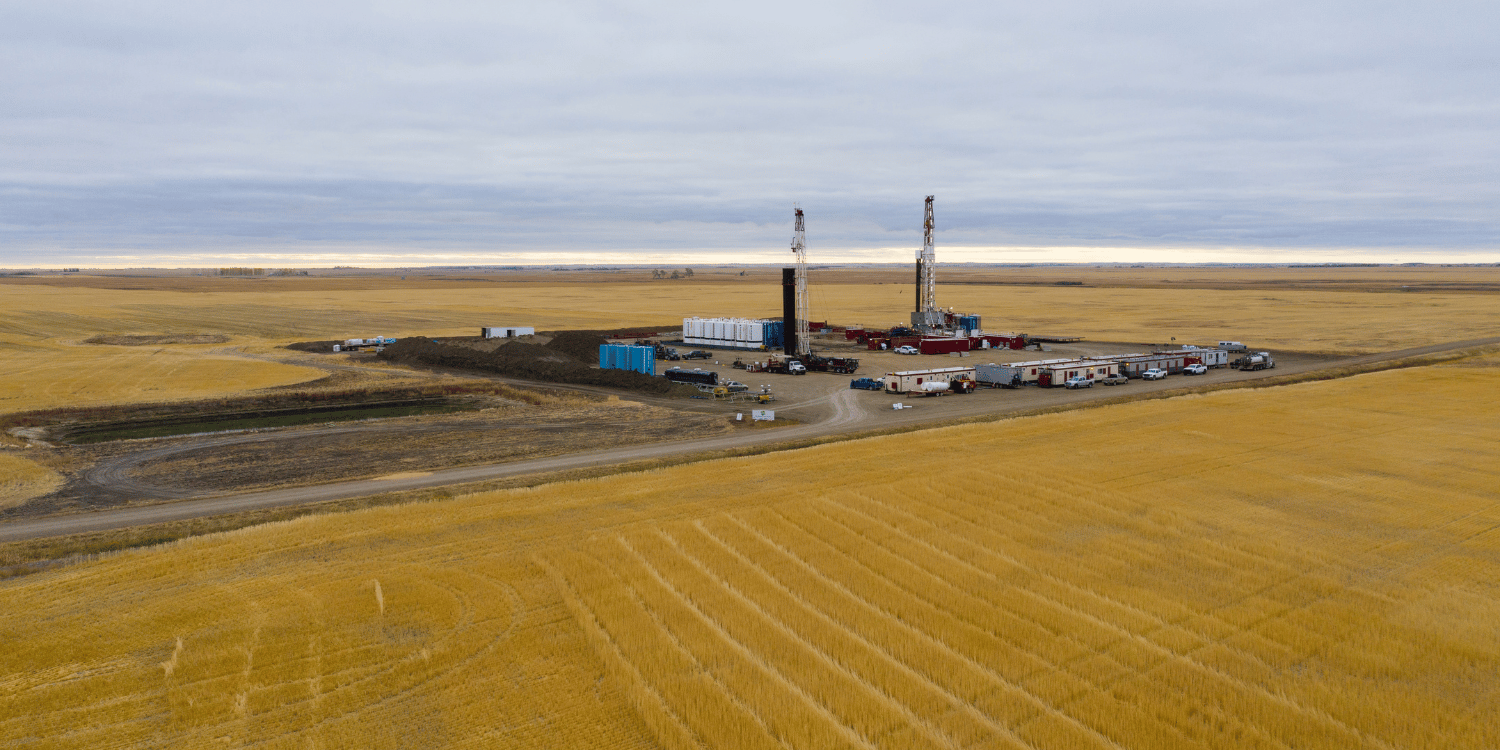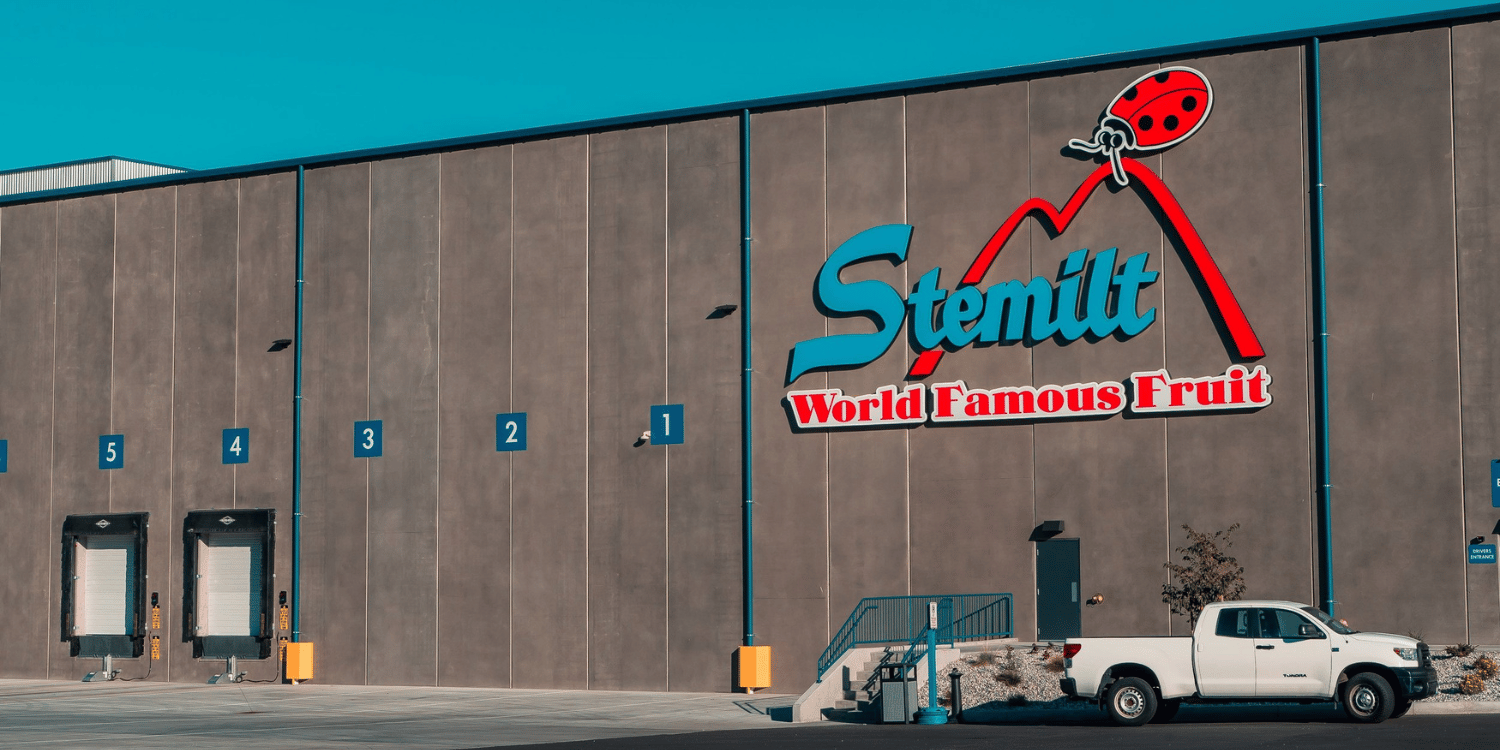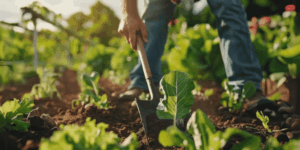Cool temperatures and seasonal shifts lead to reduced availability, while holiday demand drives prices higher.
The supply of cauliflower from California is currently experiencing significant challenges, with production levels markedly lower than last year. This contrast is attributed to a delayed start in harvesting and shifts in growing regions.
According to Scott Niizawa of Church Brothers Farms, growers in the Salinas Valley are nearing the end of their season, and harvests from the Imperial Valley are set to begin in early December.
“The supply is the complete opposite of last year. Last year we had ample supplies coming out of both the Salinas Valley and Imperial Valley,”
Scott Niizawa of Church Brothers Farms
This year, cooler temperatures in the desert region delayed the harvest by one to two weeks, contributing to the reduced availability. While cauliflower production typically runs until mid-April, current supply is primarily coming from the Imperial Valley, with Santa Maria serving as the only other active growing location for Church Brothers Farms at this time.

Demand for cauliflower remains robust, particularly as Thanksgiving approaches. The vegetable has gained popularity in recent years due to its versatility and health benefits, featuring prominently in alternative dishes such as cauliflower rice, pizza crust, and cauliflower steaks. “I don’t think that’s going to change any time soon,” said Niizawa, emphasizing its role as a versatile and nutritious option for holiday meals.
The surge in demand for Thanksgiving has also driven up prices significantly compared to earlier weeks. Niizawa noted that cauliflower pricing is notably volatile, often fluctuating with changes in availability and seasonal demand. “Of all the items we sell, cauliflower is the most volatile in terms of pricing and availability. Otherwise, we’re optimistic about a good season,” he said.
Looking ahead, growers are hopeful that supply levels will improve as the Imperial Valley season gains momentum. While the initial phase has been slow, Niizawa remains optimistic about meeting market needs as the season progresses. “Cauliflower can be a roller coaster as things can change quite quickly,” he acknowledged.

